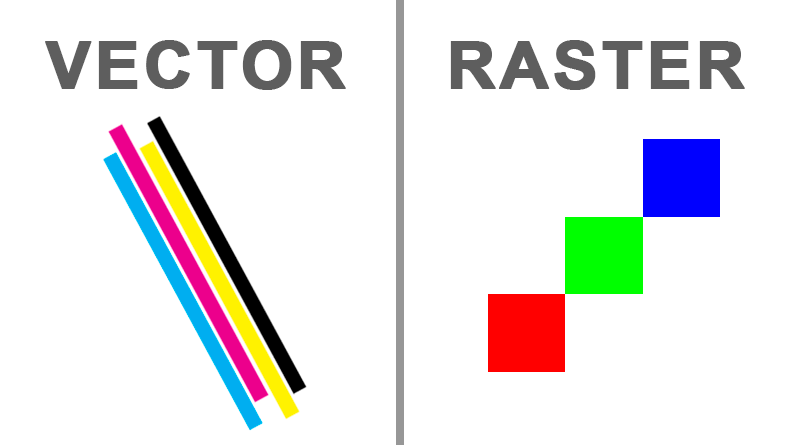There are several situations where vector graphics are the best choice. If you need to create graphics that are scalable, such as logos, icons, and banners, vector graphics are the best choice. Likewise, if you need to create graphics that will be used in a variety of different contexts, such as print media and web design, vector graphics are the way to go and you can use Adobe Creative Cloud apps like Illustrator. Finally, if you need to create graphics that are easy to edit and modify, such as infographics, vector graphics are the ideal choice.


